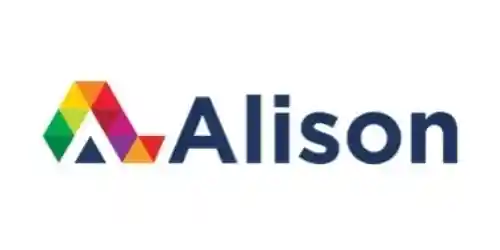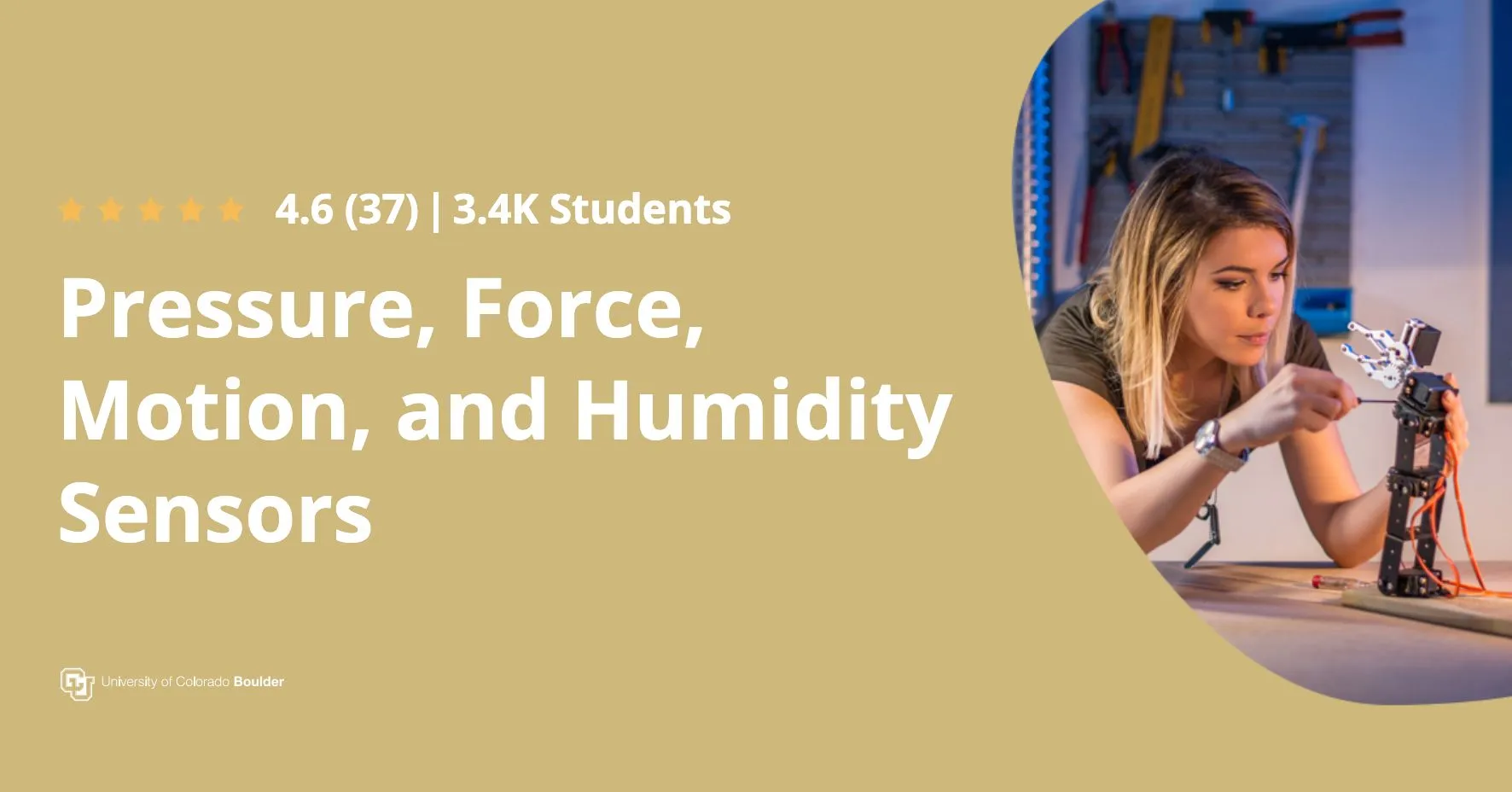
Diploma in Fiber Optic Communication Technology 
Discover the world of fibre-optic communication and technology with this Diploma in Fiber Optic Communication Technology. Learn about the different types of optical sources, network capacities, multiplexing schemes, and more. Become an expert in the field and explore the possibilities of fibre optics. ▼
ADVERTISEMENT
Course Feature
![]() Cost:
Cost:
Free
![]() Provider:
Provider:
Alison
![]() Certificate:
Certificate:
No Information
![]() Language:
Language:
English
Course Overview
❗The content presented here is sourced directly from Alison platform. For comprehensive course details, including enrollment information, simply click on the 'Go to class' link on our website.
Updated in [June 30th, 2023]
The Diploma in Fiber Optic Communication Technology provides students with an in-depth understanding of the history of communication and how it has evolved through the ages. It covers the different types of optical sources available, the advantages and disadvantages of the different wavelengths used in fibre-optic communication, the various network topologies utilised for different situations, the different multiplexing schemes, how optical fibre carries information to and within data centres, the various parts of the block diagram and how to set up a link, how power is measured in a digital modulation unit, the theoretical scenarios and formulas used to solve them, the setbacks of direct modulation lasers, electro-optic phase modulation, how to generate a high repetition rate, phase-shift keying and why it is the standard method for data modulation, and the use of fibre optics in medical procedures and prosthetics. Upon completion of this course, students will have a comprehensive understanding of fibre-optic communication and technology.
[Applications]
Upon completion of the Diploma in Fiber Optic Communication Technology, students will have a comprehensive understanding of the fundamentals of fibre-optic communication and technology. They will be able to apply their knowledge to a variety of applications, such as medical procedures, prosthetics, and telecommunications. Students will also be able to identify the advantages and disadvantages of different wavelengths used in fibre-optic communication and the various network topologies utilised for different situations. Furthermore, they will be able to understand the various parts of the block diagram and how to set up a link, as well as how power is measured in a digital modulation unit. Finally, students will be able to identify the benefits of fibre-optic transmission and the opportunities in the field of research.
[Career Path]
The career path recommended to learners of this course is a Fibre Optic Technician. Fibre Optic Technicians are responsible for the installation, maintenance, and repair of fibre optic cables and systems. They must be knowledgeable in the principles of fibre optics, including the use of optical fibre cables, connectors, and splicing techniques. They must also be familiar with the various types of fibre optic cables and their applications. Fibre Optic Technicians must be able to read and interpret technical drawings and diagrams, as well as be able to troubleshoot and diagnose problems with fibre optic systems. They must also be able to use a variety of tools and equipment, such as fibre optic testers, splicers, and microscopes.
The development trend of this job position is that the demand for Fibre Optic Technicians is expected to grow significantly in the coming years. This is due to the increasing demand for faster and more reliable internet connections, as well as the need for fibre optic cables in medical and industrial applications. As the technology continues to evolve, Fibre Optic Technicians will need to stay up to date with the latest developments in order to remain competitive in the job market. Additionally, the need for Fibre Optic Technicians is expected to increase as more businesses and organizations move to fibre optic networks.
[Education Path]
The Diploma in Fiber Optic Communication Technology is a two-year program designed to provide students with the knowledge and skills necessary to become a successful fiber optic technician. The program covers topics such as fiber optics theory, fiber optics installation, fiber optics testing, fiber optics maintenance, fiber optics troubleshooting, and fiber optics design. Students will also learn about the different types of fiber optics, the different types of fiber optics cables, and the different types of fiber optics connectors. Additionally, students will learn about the different types of fiber optics networks, the different types of fiber optics systems, and the different types of fiber optics components. The program also covers topics such as fiber optics safety, fiber optics regulations, and fiber optics standards. Upon completion of the program, students will be able to install, maintain, and troubleshoot fiber optics systems.
The development trend of the Diploma in Fiber Optic Communication Technology is to focus on the latest technologies and advancements in the field. This includes the use of new materials, new techniques, and new technologies. As the demand for faster and more reliable fiber optics systems increases, the need for more knowledgeable technicians also increases. Therefore, the program will continue to focus on the latest technologies and advancements in the field. Additionally, the program will focus on the development of new skills and techniques that will help technicians to better understand and troubleshoot fiber optics systems. Finally, the program will focus on the development of new tools and technologies that will help technicians to better diagnose and repair fiber optics systems.
Course Syllabus
Introduction to Fiber Optic Technology
The module is an introduction to Fiber Optic Technology. It Covers how communicate has changed over the past decade, the steps taken to make this change and how Optical Communication Systems came about.Optical Sources in Fiber Optic Communication
This module will discuss LED. You will learn about LED parameters and their efficiency as well as LED and laser diode structures.Laser Diodes and Modulation Responses
This module will cover the Laser diodes and the lifetime of Photons. You will learn about the different modulation responses and setbacks in a system.Diploma in Fiber Optic Communication Technology- First Assessment
This module enables you to review your learning so you can determine your knowledge and understanding of Modules 1 to 3 in the following course; Diploma in Fiber Optic Communication Technology.Effects of Laser Noise and Electro-Optic Phase Modulation
In this module, you will learn about the different noises in laser, why single-frequency lasers are used and why electro-optic material is being used in some systems.Introduction to Optical Fiber
This module will seek to explain the properties of fiber and how the light gets guided in a fiber. You will learn about the different types of fibers available, the different loss mechanism as well as their respective pros and cons.Total Dispersion in Optical Fiber
This module covers the different types of dispersions that take place in optical fiber. You will learn the consequences of each type of dispersion and its advantage. Additionally, you will learn what type of material is needed to facilitate each type of dispersion, and which is more suited for single and multimode frequencies.Diploma in Fiber Optic Communication Technology- Second Assessment
This module enables you to review your learning so you can determine your knowledge and understanding of Modules 3 to 6 in the following course; Diploma in Diploma in Fiber Optic Communication TechnologyCourse assessment
Course Provider

Provider Alison's Stats at AZClass
Discussion and Reviews
0.0 (Based on 0 reviews)
Explore Similar Online Courses

Contemporary Chinese II

Agriculture: Smart Food Urban Farming

Python for Informatics: Exploring Information

Social Network Analysis

Introduction to Systematic Review and Meta-Analysis

The Analytics Edge

DCO042 - Python For Informatics

Causal Diagrams: Draw Your Assumptions Before Your Conclusions

Whole genome sequencing of bacterial genomes - tools and applications

Pressure Force Motion and Humidity Sensors

Appliance Testing Fundamentals


Start your review of Diploma in Fiber Optic Communication Technology